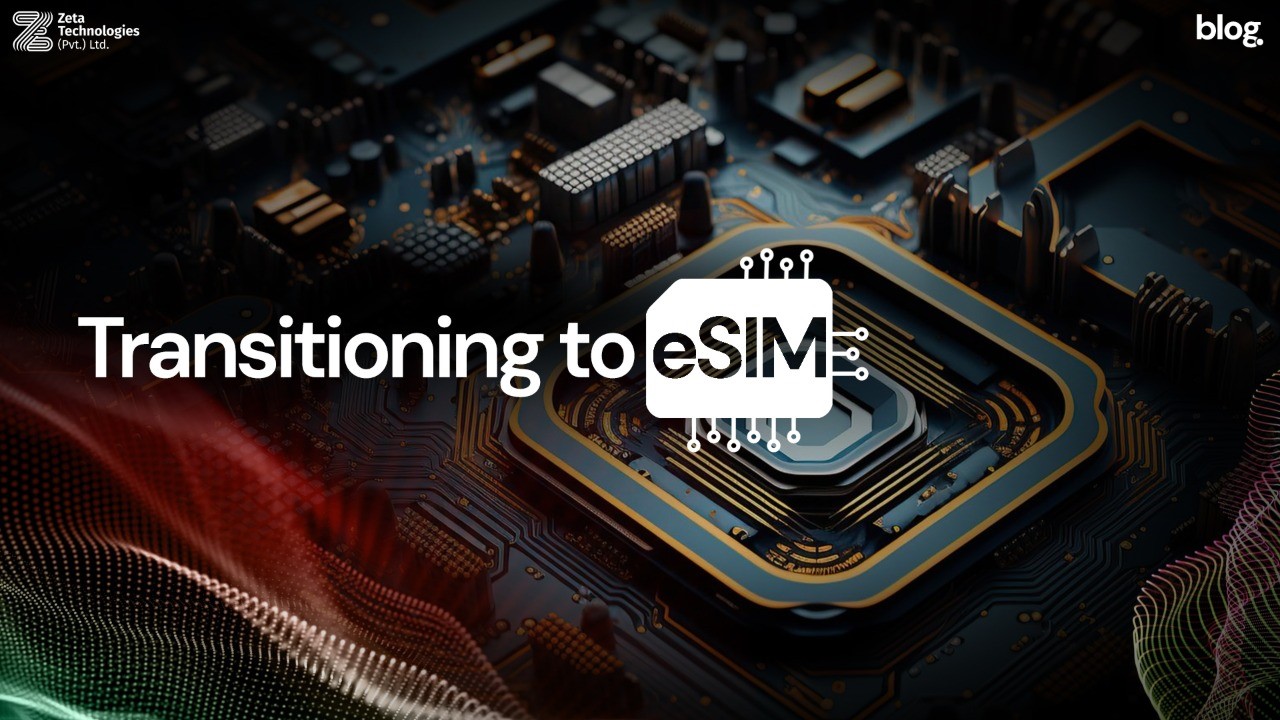When we talk about mobile connectivity, a significant technological shift has emerged in the form of embedded SIMs known as eSIM. This tiny chip ensures smooth connectivity, convenience, and a look into the future. Though, for MNOs sticking to the physical SIM, eSIM doesn’t just offer an opportunity but also serves as a reality check. While opening doors to new possibilities for innovation and growth, it simultaneously reveals the limitations of their outdated systems, demanding instant adaptation. Let’s dig into the immediate challenges MNOs confront in embracing this digital surge, recognizing that adaptability and strategic foresight will shape their future success.
Hurdles for MNO’s Without the eSIM
Mobile Network Operators (MNOs) who don’t need to adopt eSIM technology face various hurdles that can limit their competitiveness and growth. Some key concerns include:
1: Lack of Flexibility:
Regular SIM cards tie users to just one operator, making it difficult to switch services or plans easily. This inflexibility can lead to happier customers and increased churn.
2: Challenges in Roaming:
Utilizing physical SIM cards for international roaming frequently includes considerable fees and inconvenient activation procedures. Such factors may discourage travelers and constrain the global market reach for MNOs.
3: Logistics and Inventory
Handling and distributing physical SIM cards pose expensive and time-consuming tasks for Mobile Network Operators (MNOs). eSIM serves as a solution, relieving this burden, optimizing operations, and minimizing expenses.
4: Security Concerns:
The risk of security breaches arises with stolen or lost physical SIM cards because they can be readily replaced and exploited for illegal activities. eSIM, with its advanced security features, provides heightened protection, rendering unauthorized access more challenging.
5: Missed Chances Among the IoT Revolution:
While the Internet of Things (IoT) holds significant growth opportunities, regular SIM cards often need to work better with many different connected devices. The eSIM’s compact size and remote setup abilities make it an ideal solution for IoT.
Conclusion
For Mobile Network Operators, sticking to traditional SIM cards is a path forward full of challenges. Issues like lack of flexibility, difficult roaming, security concerns, and missed chances in the growing IoT market could slow their progress and keep them behind. It’s time to accept the eSIM revolution. By adopting this innovative technology, MNOs can give more power to their customers, simplify their operations, discover new sources of revenue, and step into a future defined by smooth connectivity and boundless possibilities. The decision is clear: either thrive and adapt in the eSIM era or risk becoming outdated remnants of the past.







